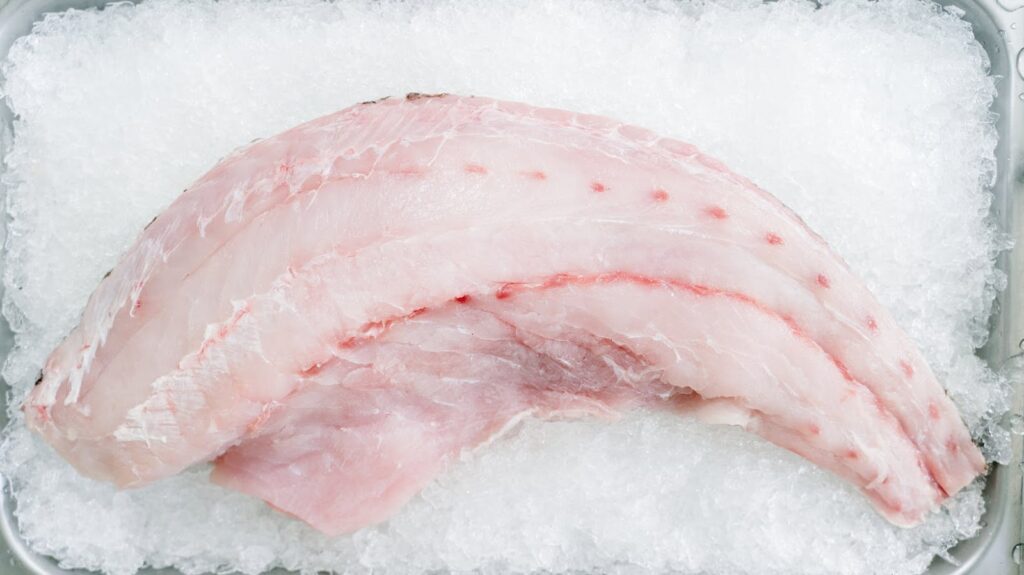Factors Affecting the Price of Filet
Quality and Grade
The quality and grade of filet play a significant role in determining its price. Filet mignon, the most prized cut of filet, is known for its exceptional tenderness and flavor. The higher the quality and grade of the filet, the higher its price is likely to be. Filet mignon that comes from prime-grade beef, for example, is generally more expensive than choice-grade or select-grade filet.
Demand and Supply
The law of supply and demand also affects the affordability of filet. Due to its popularity and reputation, filet tends to be in high demand. The limited supply of filet, especially filet mignon, contributes to its higher price. As a result, the cost of filet can fluctuate depending on market conditions and availability.
Cut and Size
The way filet is cut and its size can influence its affordability. Filet mignon, which is the most tender and flavorful part of the filet, is generally more expensive than other cuts such as filet medallions or filet strips. Additionally, the size of the filet can impact its price. Larger cuts of filet usually come with a higher price tag, while smaller portions may be more affordable.
Comparing Filet Prices
When comparing the prices of filet to other cuts of meat, it’s essential to consider its unique qualities. Filet is renowned for its tenderness and lack of connective tissue, making it a highly desired cut. While it may be slightly more expensive than other cuts, the exceptional taste and texture of filet make it worth the investment.
In terms of price, filet tends to be more expensive than other cuts such as ribeye or sirloin. However, it’s important to note that filet offers a higher meat-to-bone ratio, meaning you’re paying for more edible meat. Additionally, the tenderness of filet reduces waste, as there are no tough or chewy parts to discard.
When it comes to affordability, filet is a versatile option. While it may not fit into every budget as an everyday ingredient, it can be a standout choice for special occasions or when you’re looking to impress guests. The key is to consider its unique qualities, quality, and the overall dining experience it provides.
The Dangers of Being Conned when Buying Filet
Common Scams in the Filet Market
When it comes to buying filet, one of the biggest risks is falling victim to scams. Unfortunately, dishonest sellers are out there, looking to make a quick profit at the expense of unsuspecting customers. Here are some common scams to watch out for:
- Mislabeling: One of the most prevalent scams in the filet market is mislabeling. Some unscrupulous sellers may claim that their product is filet when it is actually a lower-quality cut. This can be misleading for consumers who are expecting the tenderness and quality associated with true filet.
- Adulteration: Another scam is the adulteration of filet. This involves adding substances or fillers to the meat to increase its weight, making it appear more valuable. These added ingredients can include water, gelatin, or even lower-quality cuts of meat.
- Price Inflation: Some sellers may try to inflate the price of filet, taking advantage of its reputation as a premium cut. They may set unreasonably high prices, hoping that customers will pay a premium for what they believe to be the best.
Filet Afford Conned Dumb
While the scams in the filet market can be disheartening, there are steps you can take to protect yourself and ensure you’re getting the real deal. Here are some tips to help you avoid filet scams:
- Buy from trusted sources: Purchase filet from reputable butchers or grocery stores known for their quality meat products. These establishments are more likely to have strict quality-control measures in place, minimizing the risk of scams.
- Check the labels: Take the time to read the labels and packaging of filet products. Look for certifications or indications of quality, such as USDA grades or specific breed names. This can give you confidence that you’re purchasing genuine filet.
- Know the price range: Familiarize yourself with the average prices of filet in your area. This will help you spot any price discrepancies and avoid overpaying for a lower-quality product.
- Inspect the meat: Before purchasing filet, examine the meat for any signs of adulteration or mishandling. Look for excessive liquid in the packaging or any irregularities in texture or color. Trust your instincts and avoid purchasing if something seems off.
By being aware of the common scams in the filet market and following these tips, you can protect yourself from being conned when buying filet. Remember, knowledge is power, and arming yourself with information is the best defense against dishonest practices.
